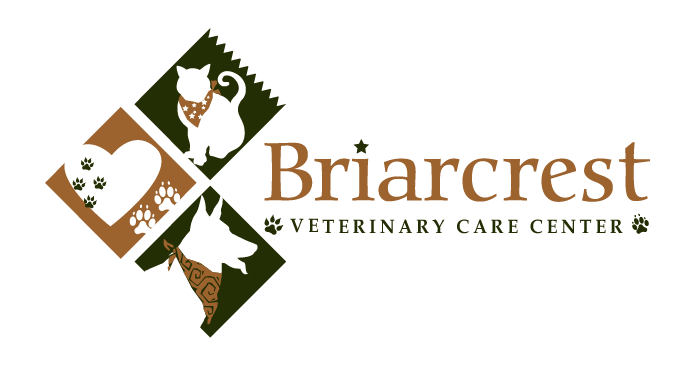Library
-
Frostbite is the damage that is caused to the skin and other tissues due to extreme cold. The paws, ears and tail are the most common tissues to be affected. If you suspect your cat has frostbite, you should seek medical attention immediately. Mild cases of frostbite usually resolve with little permanent damage, while more severe frostbite may result in permanent disfiguration or alteration of the affected tissues.
-
Gastritis refers to inflammation of the lining of the stomach and is associated with a number of causes and underlying conditions. The most common clinical signs associated with gastritis are sudden vomiting and decreased appetite. Acute gastritis is typically self-limiting and of short (less than 24 hours) duration. The cause is normally not discovered because the clinical signs usually resolve before diagnostic testing is performed. In chronic cases, more involved testing will be undertaken to determine the exact cause of the cat's vomiting.
-
Gastroenteritis is inflammation of the gastrointestinal tract (the stomach and intestines). It can be caused by infection with bacteria, viruses, parasites, medications, or even new foods. The condition often causes abdominal pain, diarrhea, vomiting, and other clinical signs. The principal treatment of gastroenteritis consists of rehydration and restoring blood electrolyte balance
-
Glaucoma is a disease of the eye in which the pressure within the eye, called intraocular pressure (IOP), is increased. Glaucoma is caused by inadequate drainage of aqueous fluid. Glaucoma is classified as primary or secondary. High intraocular pressure causes damage to occur in the retina and the optic nerve. Blindness can occur very quickly unless the increased IOP is reduced. Analgesics to control the pain and medications that decrease fluid production and promote drainage are often prescribed to treat glaucoma. The prognosis depends to a degree upon the underlying cause of the glaucoma.
-
Hawthorn is given by mouth and is used over the counter and off label to treat heart conditions, digestive issues, and anxiety. Give as directed by your veterinarian. Side effects are uncommon but may include dizziness or stomach upset. Do not use in pets that are allergic to it or are pregnant or nursing. If a negative reaction occurs, please call your veterinary office.
-
Though less common than in dogs, some heart conditions in cats are serious and need to be treated medically. The most common type of heart disease in cats is adult-onset hypertrophic cardiomyopathy. The most common types of congenital heart disease are malformations of a valve, or a septal defect in the wall that divides the right and left sides of the heart. Diagnosis involves X-rays, ECG, and echocardiography. Treatment depends on the cause of the heart disease.
-
This handout discusses what a heart murmur is, how it is detected, what recommended tests are advised to determine the underlying cause, and potential treatments or monitoring that should be undertaken when a murmur is detected in your cat.
-
Heartworms (Dirofilaria immitis) are blood-borne parasites that reside in the heart or nearby large blood vessels of infected animals. Veterinarians now strongly recommend that all cats receive year-round monthly heartworm preventives.
-
Osteoarthritis (OA) is a progressive, degenerative disease that worsens over time. This handout discusses steps you can take to help your cat deal with osteoarthritis (OA) or degenerative joint disease (DJD). In addition to medications that may be prescribed by your veterinarian, other treatment options such as weight loss, exercise, and complementary therapies such as chiropractic and physiotherapy are outlined.
-
An aural hematoma is a collection of blood between the cartilage and skin of the ear flap. It is most likely caused by trauma but can also be due to a bleeding disorder. If an underlying cause is determined such as infection, this needs to be treated as well. Hematomas may eventually resolve on their own, but there is a risk of permanent damage and they are painful, so prompt treatment is recommended.


